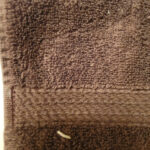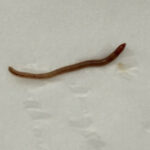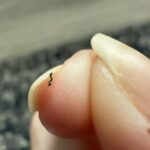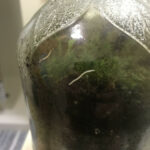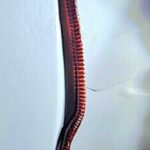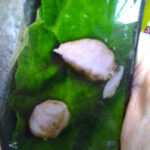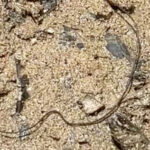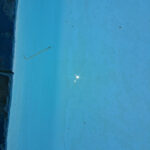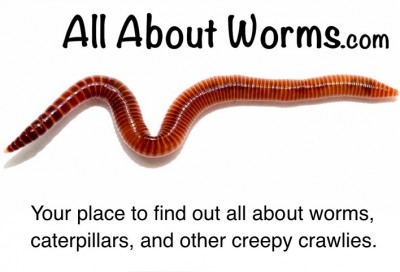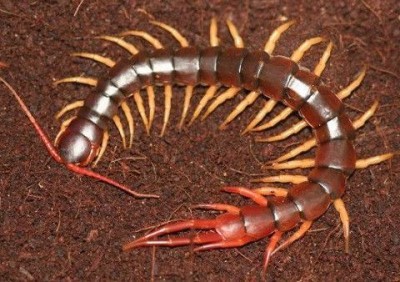Both fish and those who fish are fans of blood worms, and there are two different species that are regularly used. The first falls into the marine larvae category. These blood worms are larval stages of a midge, which is part of the Chironomidae family. The second is a true worm that is classified as Polychaeta. Both are bait favorites and are noted for their red or pink color, which is a result of a hemoglobin-type substance in their bodies.
In the larvae stage, blood worms in the insect group can grow to an inch long. They feed on decaying animal and plant matter. Once established in sewage plants, they are also capable of breaking down human waste. Blood worm larvae also get credit for consuming bacteria in sludgy areas. The hemoglobin in their bodies keeps oxygen levels high, and they need very little air to survive. Blood worms breathe through gills.
In the adult stage, the insects do not bite and are often seen in large swarms. Birds find them especially attractive.
Some anglers and aquarium owner harvest blood worm eggs and nurture them through the larval stage. Their size is a favorite of discus, especially when dried and frozen. Adults lay the eggs in ponds and lakes. Each batch looks like a blob of gelatin. They are also abundant in stagnant pools of fresh water. As larvae they burrow into the mud, thus staying away from light sources. When the larvae are exposed during the day, they construct mini-tubes for protection. Most harvesters will scoop them out of the mud at night when the worm bodies are exposed.
Experts warn that blood worm larvae and eggs should only harvested from bodies of water that carry no fish. These generally carry no disease. When they inhabit space with any fish species, they become what is known as a secondary host to some marine diseases.
Once the blood worms are harvested, they should be refrigerated or frozen. Some choose to allow the worms to reach adulthood and continue the mating process. Midges do not eat, so there is no concern for providing food; just maintaining a contained space. These flying insects can be a nuisance indoors.
Fish find blood worms very appealing, and in many cases irresistible. Minnows and guppies are often fed blood worms. When purchasing blood worms, they must remain frozen before feeding. Once thawed, they are ruined unless consumed. Also, blood worms that have not been handled properly through the collection process can kill fish.
Some people have also exhibited an allergic reaction to the powdery residue from freeze-dried blood worms. Avoid inhalation or frequent handling of frozen worms.
The segmented worm group also burrows in mud. Their gills are finger-like projections. When warmer tides change in or around June, the adults reach the surface and spawn. The male releases sperm, the female’s body bursts, which leaves the eggs afloat and both adults die.
Worms at any stage can be refrigerated in a breathable bag. The safest way to handle these worms is to cut them into pieces and use as bait. These creatures bite and the pain will vary depending on the size of the blood worm. They are a favorite marine worm that is used to catch both freshwater and saltwater fishes, including perch, catfish, and flounder.
All About Worms is always free, always reader-supported. Your tips via CashApp, Venmo, or Paypal are appreciated! Receipts will come from ISIPP Publishing.



